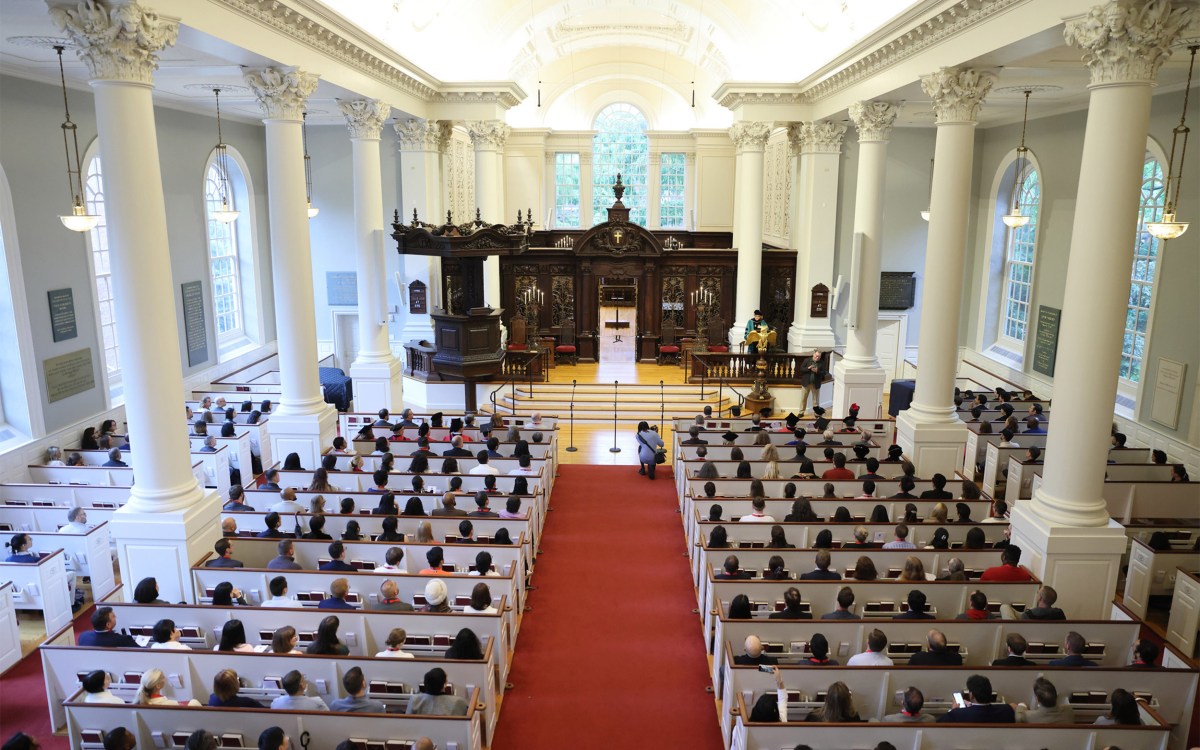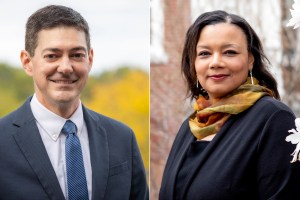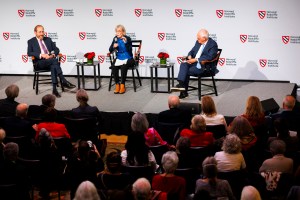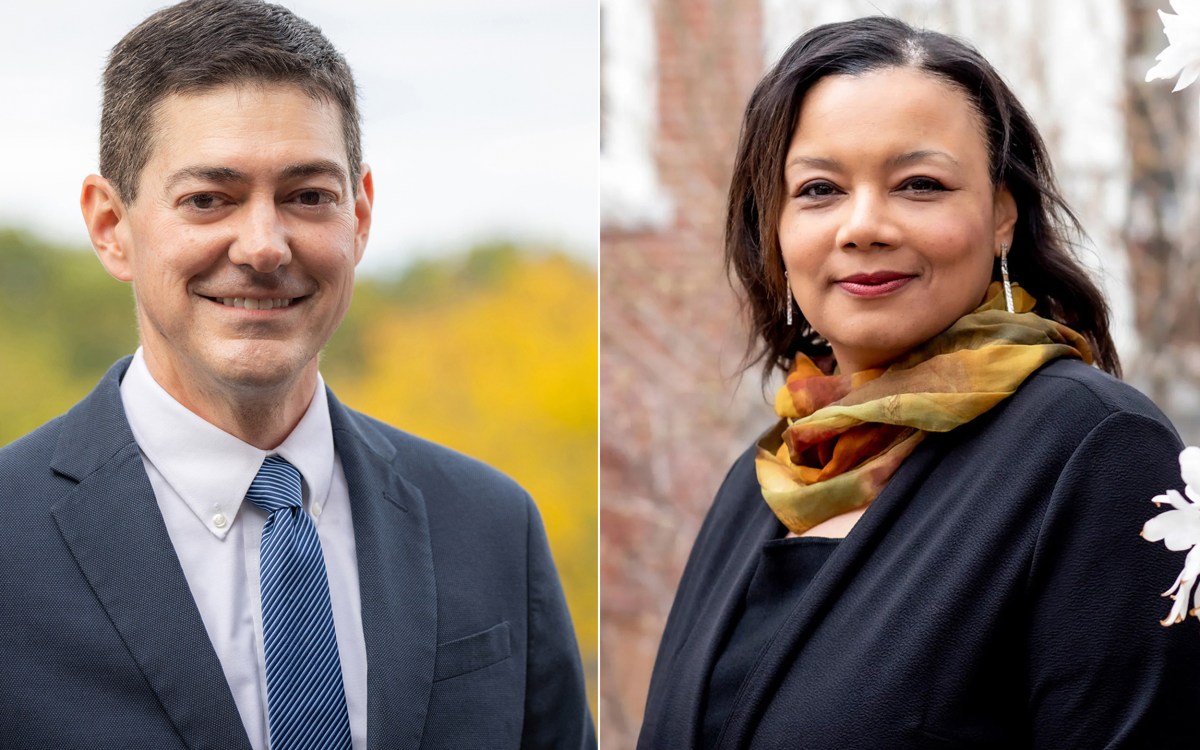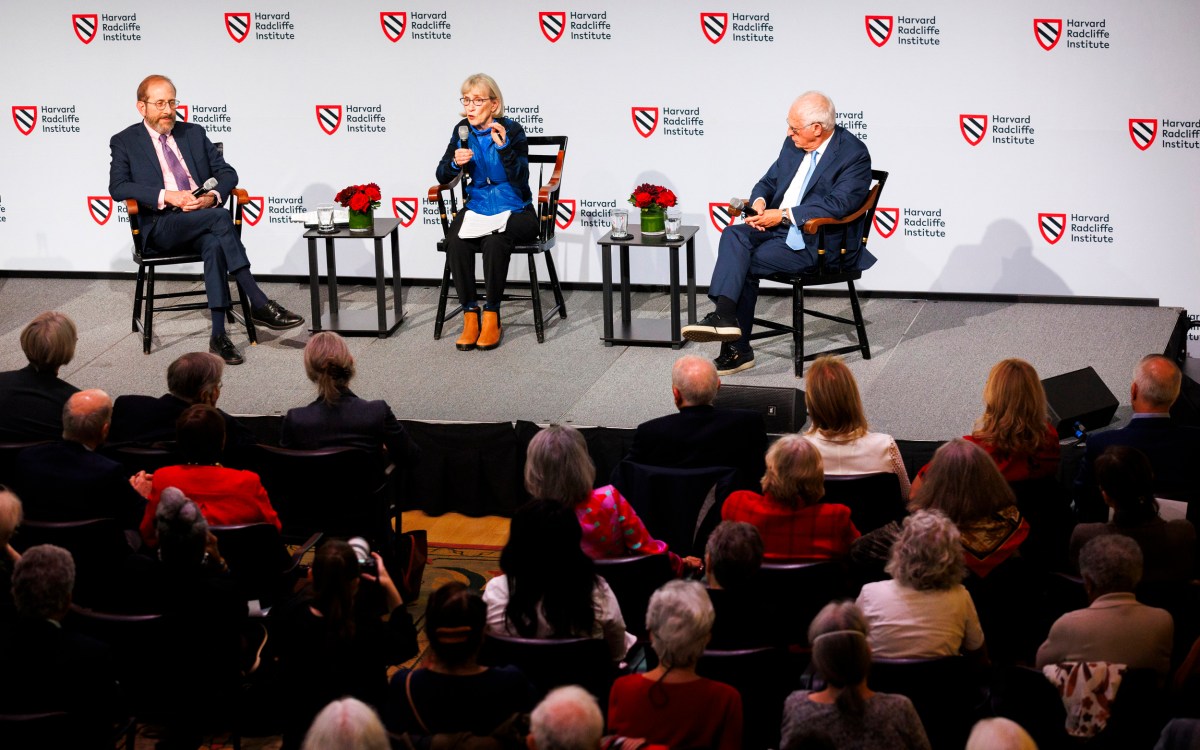Oral history project uses captive voices to fight modern slavery
Despite the 13th Amendment and the United Nations’ prohibition of slavery in 1949, millions of people continue to work under forced conditions. To help broadcast their plight to a wider audience and promote awareness of the crisis, Zoe Trodd and the group Free the Slaves have helped the slaves themselves speak out loud and clear.
Trodd, who teaches in Harvard University’s History and Literature Program, has spent the past year working with Kevin Bales, the world’s leading expert on modern slavery and the president of Free the Slaves, editing an anthology of these contemporary slave narratives. “To Plead Our Own Cause: Narratives of Modern Slavery” (Cornell University Press, 2007) contains the stories of 100 slaves from around the world in their own words.
“There are around 27 million slaves in the world today,” said Trodd. “That’s far more than at any other time in history. In the United States alone, there are about 50,000 slaves at any one time, according to conservative estimates. This is something that most people unfortunately are still completely unaware of.”
Trodd’s role as editor has been fraught with complications. While some of the narratives were written by the individuals themselves, many are transcriptions of oral accounts. “I originally began interviewing the former slaves using a question-and-answer method, but eventually abandoned it because I was uncomfortable with how my questions might shape their accounts,” she said.
“I did not want to compromise the authenticity or rawness of these voices in any way,” she added. “I eventually came up with a method whereby I just say, ‘Tell me your story,’ and the individuals narrate their stories alone into a tape recorder.”
Every individual Trodd interviewed appears in the book. Trodd and Bales did no editing of the stories, simply grouping them into themed categories, such as “Ain’t I a Woman? Women and Modern Slavery” and “The Severed Chain: Freedom After Bondage.”
“Listening to and reading these stories, you see the great human capacity for narrative,” said Trodd. “Even though some of these individuals couldn’t read or write, each of their stories has striking literary complexity. These narratives belong alongside the famous 19th century slave narratives that we all know so well.”
Trodd sees her work as one more step in a movement about to reach its tipping point. “In the last few years, cataclysmic events have allowed us opportunities to raise awareness of slavery,” she said. “The tsunami in 2004 and Hurricane Katrina were both crises that could have potentially led to huge increases in human trafficking. Fortunately, it now seems that the fallout in terms of slave trafficking was better than expected. The tsunami appears to have killed much of the infrastructure of slavery in the region.”
“But the problem hasn’t gone away,” she added, “The World Cup this year was partially tainted by a possible increase of sex slaves in response to the increased tourism.”
Despite the increased attention in recent years, Trodd recognizes that a fundamental barrier must be razed before modern slavery can achieve the necessary attention it deserves. “We’re in a situation now where we can bring slavery to an end,” said Trodd. “But there appears to be a widespread mental block between the concepts of trafficking and slavery. … And because slavery is technically illegal in every nation in the world, many people have a difficult time understanding how prevalent it still is, underground and out of the public sphere.”
The elusive nature of modern slavery has not deterred abolitionists from their cause. Trodd cited international activism surrounding legal reform, redemption campaigns, and raids on brothels and factories as some of the ways people are fighting contemporary slavery.
“To Plead Our Own Cause” seeks to bring attention to the issue by offering a mosaic of the experiences that comprise modern slavery. By including narratives from child soldiers, sex slaves, domestic slaves, factory slaves, and agricultural slaves from Africa to Washington, D.C., Trodd and Bales hope to raise consciousness about how slavery has adapted to a changing world. “These narratives are an important part of consciousness-raising: now, as in the 19th century, slaves are pleading their own cause,” said Trodd.
Through the book and other forms of activism, Trodd sees academia as having a particularly important place in the struggle.
“Kevin Bales and I are both interested in bridging the gap between academia and activism,” she said. “In studying social movements, we have a greater understanding of how to forge activism and awareness, to be true instruments of change.”
For additional information: http://www.freetheslaves.net/
